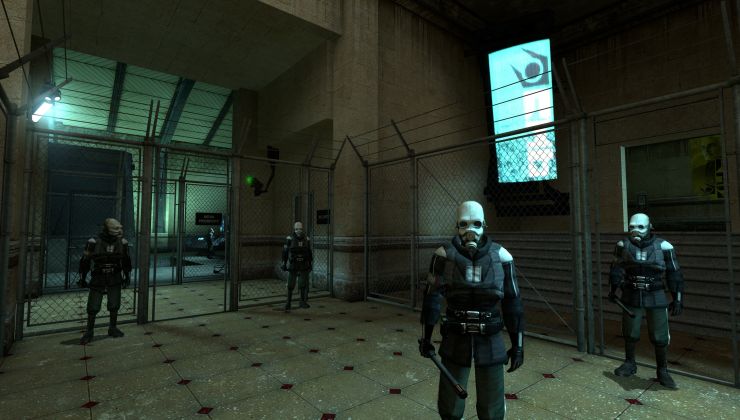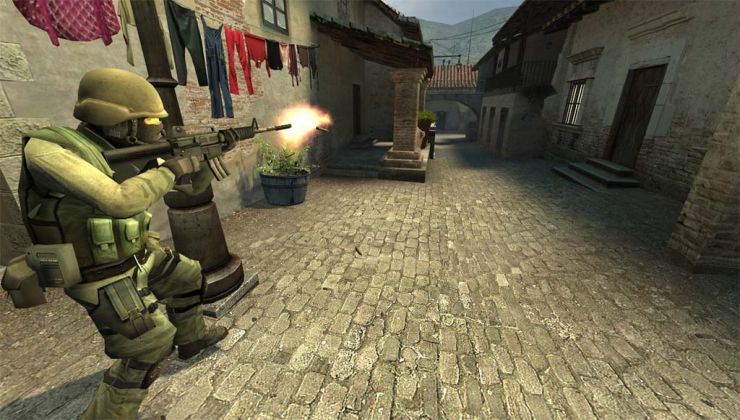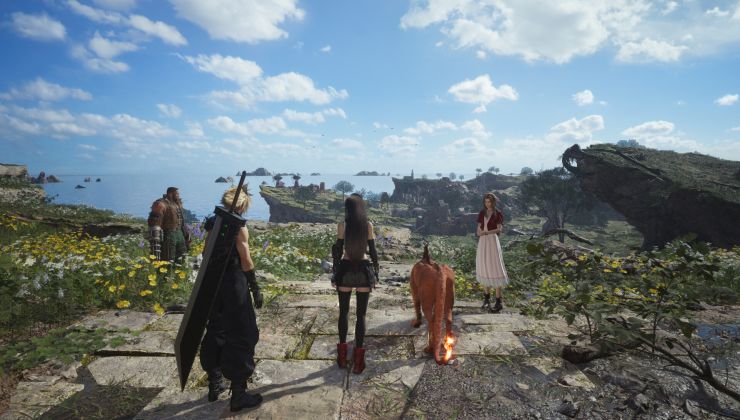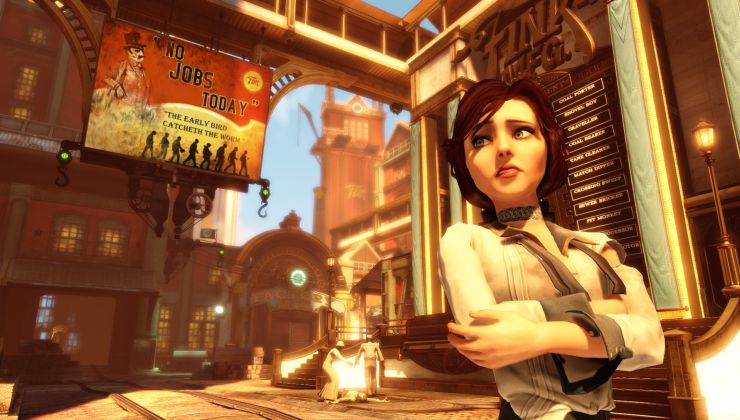AMD employee and Mesa developer Marek Olšák is at it again, proposing a series of patches that would boost performance for AMD GPUs running the open drivers.
In this entry in the mailing list, Marek has pointed out that his proposed patches would thread certain calls made in the driver and the end result is a performance boost for most programs. He’s a little conservative to assessing the results but his own tests show on a R9 Fury the average performance boost is around the 10% mark. Perhaps more interestingly for normal desktop use, he found that there are also improvements with rendering GTK widgets and the X11 window system.
Here's his results from the games he tested:
This patch series not quite perfect and there may be some issues with some programs here and there and with some configurations. As is typical with Mesa development, the patch series is to be reviewed and commented upon by other contributors and, if appropriate, changes made before it is committed. Still, this is a really cool thing to see and, as someone who uses mesa-git regularly, I can’t wait to see it finalized so I can test it out.
I think it's worth repeating that this series is targeted for AMD GPUs running the RadeonSI drivers. The nomenclature for the various parts of Mesa/AMD drivers can be confusing for the uninitiated, but basically this patch is for the driver that covers all GPUs starting from the higher-end of the 7xxx series to every newer AMD graphics card released since. That said, from my admittedly limited layman's reading, I think that there's bits in this patch series that other drivers in the Mesa project could eventually use. That may be up to the other Mesa contributors and developers to implement on their own, however.
It’s a good time to be a Mesa user. I’m always amazed at how quickly improvements are made. If you haven’t seen it already – you may want to look at the brief overview of the recent Mesa release.
In this entry in the mailing list, Marek has pointed out that his proposed patches would thread certain calls made in the driver and the end result is a performance boost for most programs. He’s a little conservative to assessing the results but his own tests show on a R9 Fury the average performance boost is around the 10% mark. Perhaps more interestingly for normal desktop use, he found that there are also improvements with rendering GTK widgets and the X11 window system.
Here's his results from the games he tested:
QuoteAPPS: MORE IS BETTER
Alien Isolation: +16%
Bioshock Infinite: +13%
Borderlands 2: +12%
Civilization 5: +12%
Civilization 6: +10%
CS:GO: +8%
ET Legacy: +12%
Openarena: +27%
Talos Principle (high details, 1680x1050 internal resolution): +17%
glmark2: no change in the final score
This patch series not quite perfect and there may be some issues with some programs here and there and with some configurations. As is typical with Mesa development, the patch series is to be reviewed and commented upon by other contributors and, if appropriate, changes made before it is committed. Still, this is a really cool thing to see and, as someone who uses mesa-git regularly, I can’t wait to see it finalized so I can test it out.
I think it's worth repeating that this series is targeted for AMD GPUs running the RadeonSI drivers. The nomenclature for the various parts of Mesa/AMD drivers can be confusing for the uninitiated, but basically this patch is for the driver that covers all GPUs starting from the higher-end of the 7xxx series to every newer AMD graphics card released since. That said, from my admittedly limited layman's reading, I think that there's bits in this patch series that other drivers in the Mesa project could eventually use. That may be up to the other Mesa contributors and developers to implement on their own, however.
It’s a good time to be a Mesa user. I’m always amazed at how quickly improvements are made. If you haven’t seen it already – you may want to look at the brief overview of the recent Mesa release.
Some you may have missed, popular articles from the last month:
All posts need to follow our rules. For users logged in: please hit the Report Flag icon on any post that breaks the rules or contains illegal / harmful content. Guest readers can email us for any issues.
Awesome! This looks like a very significant boost to quite a bunch of games. I hope it gets deployed to the mainstream driver soon and we get to see it in the repos. Better performance is always good, specially for gaming.
0 Likes
Thanks for all the great articles BTRE!
1 Likes, Who?
APPS: MORE IS BETTERWhat does APPS stand for?
0 Likes
Abbreviation of "applications".APPS: MORE IS BETTERWhat does APPS stand for?
Thanks for all the great articles BTRE!No problem! Though I'm just really covering for Liam and doing a lot of what he'd be writing about, since he's taking a little time off today.
0 Likes
APPS: MORE IS BETTERWhat does APPS stand for?
Names of games.
0 Likes
Looking forward to some benchmarks here.
currently the AMD FOSS drivers are sitting around 20% behind the binary nvidia drivers. This is part down to game centric optimisation and also something odd with AMD's Linux GPU drivers being a bit more CPU centric.
(i think this patch is to deal with some of that current limitation if im not mistaken )
creeping forward another 10% is starting to make it directly comparible with the nvidia driver and that after all is just a bundled up version of the Windows driver.
Good times ^_^
currently the AMD FOSS drivers are sitting around 20% behind the binary nvidia drivers. This is part down to game centric optimisation and also something odd with AMD's Linux GPU drivers being a bit more CPU centric.
(i think this patch is to deal with some of that current limitation if im not mistaken )
creeping forward another 10% is starting to make it directly comparible with the nvidia driver and that after all is just a bundled up version of the Windows driver.
Good times ^_^
0 Likes
Yep and its worth mentioning that the mesa drivers now work better then AMDGPU-PRO by a fair bit. The only downside is RADV needs to catch up (is slower then OpenGL atm).
0 Likes
currently the AMD FOSS drivers are sitting around 20% behind the binary nvidia drivers.
80%!? Are they really that close?
0 Likes
currently the AMD FOSS drivers are sitting around 20% behind the binary nvidia drivers.
80%!? Are they really that close?
Wouldn't surprise me. I mean, it would vary a lot I imagine from use case to use case and different applications etc.
But running an AMD 380X myself on open source drivers, I've had very little complaints and generally good performance even in games that supposedly aren't supported with Mesa. There are some exceptions though (looking at YOU, Deus Ex: MD).
0 Likes
.....There are some exceptions though (looking at YOU, Deus Ex: MD).currently the AMD FOSS drivers are sitting around 20% behind the binary nvidia drivers.
80%!? Are they really that close?
The most recent patches have improved Deus Ex, and some work is being done on additional OGL features that should bring performance for that game.
I would say Radeonsi has very playable performance on most titles now. Just the odd game that doesn't do well and those games using compatibility profiles where the driver falls short.
Last edited by lejimster on 13 May 2017 at 11:41 am UTC
0 Likes








 How to set, change and reset your SteamOS / Steam Deck desktop sudo password
How to set, change and reset your SteamOS / Steam Deck desktop sudo password How to set up Decky Loader on Steam Deck / SteamOS for easy plugins
How to set up Decky Loader on Steam Deck / SteamOS for easy plugins
Oh and the name doesn't mean anything but coincidentally could be pronounced as "Buttery" which suits me just fine.
See more from me